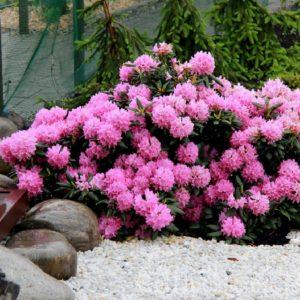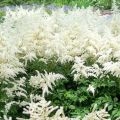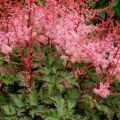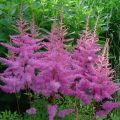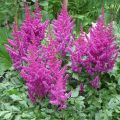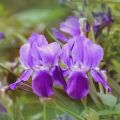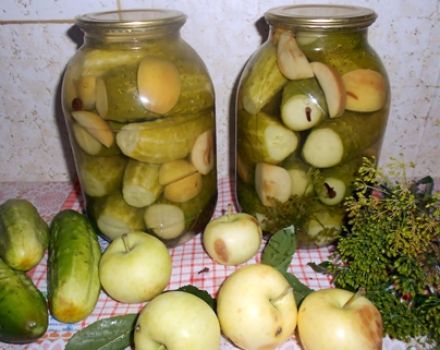Characteristics and description of Fanal astilbe, cultivation and care
Unpretentious, shade-tolerant plants that do not require complex care, a real find for gardeners and landscape designers. Large inflorescences of a bright perennial, Fanal astilbe, will adorn any garden. How to plant and grow a flower, protect it from diseases, pests, winter frosts, this is what today's detailed conversation will go about.
A brief history of breeding
Astilba is a perennial plant native to Japan and China. The history of selection is more than 150 years old, but the flower has gained the greatest popularity in Europe since the middle of the 20th century.
Astilba belongs to the Kamnelomkov family, it was discovered by the French breeder E. Le Moine. It was his name that received the first of the bred varieties. Astilba Fanal was launched in 1930. Its creator is the German breeder Georg Arends. That is why the full name of the Astilbe Arends flower is Fanal. Fanal translates as "lighthouse" or "lighthouse light", the variety received such a poetic name for its large scarlet inflorescences, which are hard to miss.
Botanical description and characteristics of culture
Medium-sized (up to 60 centimeters) herbaceous perennial, preferring shady areas and well-moistened soil.
The appearance of the bush and the branching of the root system
A flower with a powerful and well-developed rhizome, straight stem and long (up to 40 centimeters in length) pinnately dissected leaves.
Young leaves of astilba have a reddish tint, as it grows, it is replaced by a rich green, while the redness of the stems and petioles remains in the adult plant.
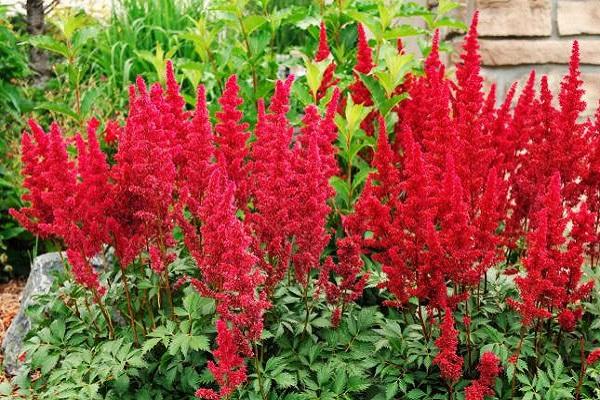
All about blooming
Bright crimson inflorescences reach a length of 20 centimeters, have the shape of a panicle. Astilba blooms not very long - no more than 20 days. Blooms in late June-July, depending on the weather conditions in the region. Flowers are used to decorate the landscape, bouquets of cut astilba look great.
Plant propagation
After the plants bloom in August-September, seed pods are formed on them. Seed germination persists for several years.
When multiplying a flower, it should be borne in mind that varietal plants cannot be propagated by seeds, since they lose their "maternal" characteristics, but varietal seeds are sold in gardening shops and it is quite possible to get beautiful flowers from them. Seeds are scattered over the surface of loose soil, without embedding in the soil, and moistened with a spray bottle. For better germination, they are preliminarily stratified by placing in a refrigerator with a temperature of -4 ... + 4 ° C for 20-30 days. Then they are left in a room with a temperature of + 20-23 ° C.
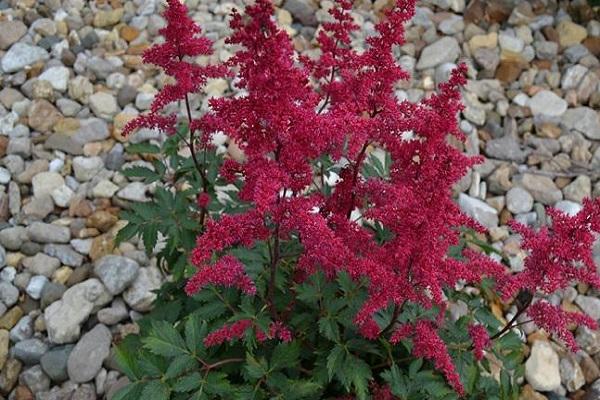
Astilbe can be propagated by dividing the bush. To do this, you need to dig up a bush and use a sharp knife or shovel to divide it into several shares with a full root system in each part. They are seated in new places. The procedure is performed at the end of March, beginning of April. In this case, the plants will bloom already this season.
Important: when buying astilba Fanal and other types of astilba, you should choose plants grown in your region; Plants brought from far away may not take root well and then bloom very poorly, not living up to expectations.
If it is decided to carry out reproduction by renewal buds, in this case you need to take a piece of rhizome with a bud or a young shoot that has already appeared. It is placed in a container with soil, lightly sprinkled with earth (3-5 centimeters) and covered with polyethylene. Within 2 weeks the plant takes root. It is grown and placed in open ground in the fall or next spring.
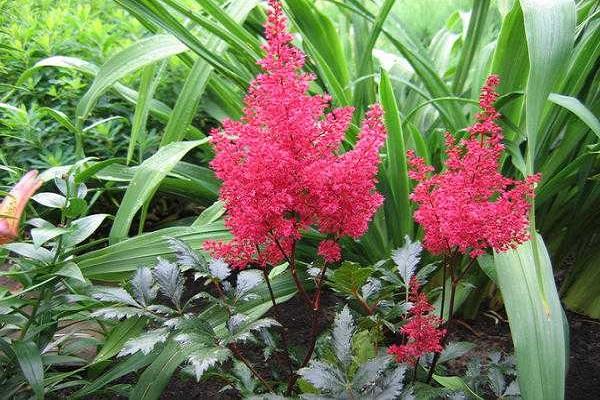
Frost and drought resistance
The flower does not tolerate drought well, needs frequent watering, for astilba it is better to choose areas with a close occurrence of groundwater.
It perfectly tolerates even very severe frosts, the rhizomes can withstand -40 ° C, and the aerial part of the plant dies off annually.
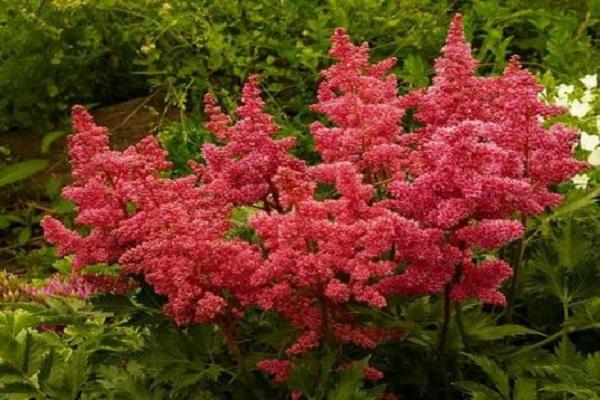
Susceptibility to disease and insects
Astilbes are highly resistant to pests and diseases, but some diseases can still suffer:
- From bacterial spotting - in this case, black spots appear on the foliage. Copper preparations are used to treat the plant.
- Root rot occurs when the plant is systematically flooded with water. Despite the flower's love for moisture, the roots can begin to rot. In this case, the plant is dug up, foliage, damaged roots are removed and transferred to a less humid area.
- Phytoplasma diseases and viruses cannot be cured; in case of diseases, the plants are destroyed. When buying plants, you should give preference to astilbe grown in your area.
- From insects, nematodes can cause harm to the flower - gallic and strawberry, these are microscopic worms that feed on flower juices. The infected plant withers away, stops blooming, leaves become wrinkled. In this case, astilbe is removed from the site and is not planted during the next season.
- Another pest is the slobbering penny, a cicada that eats the stems and leaves of a flower. At the site of the appearance of the pest, you can see a foam resembling saliva, hence the name of the insect. If there are few of them, you can collect the pests by hand or treat the plants with Aktara, Intavir in accordance with the manufacturer's instructions.
Proper plant care is the key to normal growth, development and planting beauty.
Landing algorithm
Let's take a closer look at where and how to plant astilba so that it takes root and becomes a garden decoration.
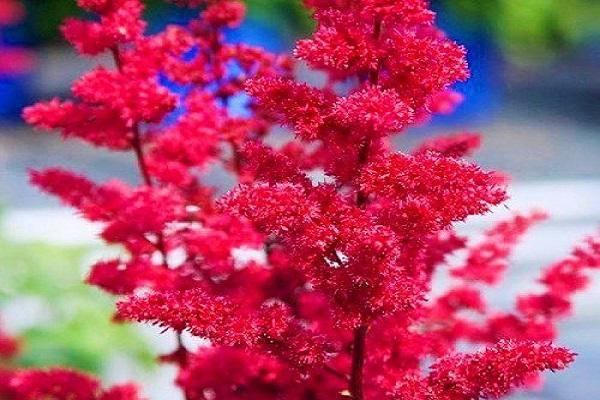
Timing
Astilbe can be planted in open ground in spring or early autumn, but spring planting is preferable, since the plant has time to take root and settle in a new place before autumn. In the fall, the flower is planted in open ground in the first half of September. It is transplanted every 4 years.
Choosing the best place
For planting, a fertile, well-moistened site is chosen, a lowland or a place with a close occurrence of groundwater is suitable.Astilba is planted in the shade or partial shade; with good watering, it may well take root in a sunny area, but the flowering time in this case can be greatly reduced.
Landing technology
The selected area must first be dug up, weeds removed and rotted manure or peat added at the rate of 1-2 buckets of fertilizer per square meter. Then you need to make several holes, 20-25 centimeters deep. Flowers are planted at a distance of 40-50 centimeters from each other.
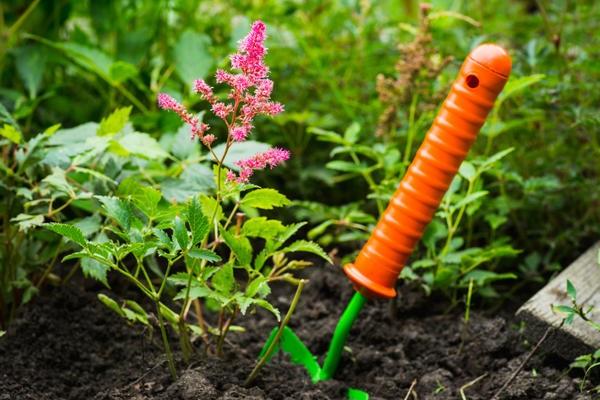
Before planting a flower, a handful of wood ash or complex mineral fertilizer is added to each hole in accordance with the manufacturer's recommendations. The rhizome with part of the bush is placed in a hole and sprinkled with soil 3-5 centimeters.
How to organize proper culture care
The state of the plantings, their decorative effect and the appearance of the area planted with astilbe very much depend on care.
Irrigation and fertilization
Watering astilba Fanal should be abundant and regular, the soil in the area with flowers is loose and slightly moist, astilba can withstand short-term drying of the soil, but prolonged drought will kill the plant. After watering, the soil is mulched to prevent the roots of astilba close to the surface from drying out.
The plant is fed 2 times a season. The first feeding with nitrogen fertilizers is carried out in the spring, when young shoots appear. After flowering, phosphorus and potash fertilizers are applied. They must be diluted with water according to the recommendations on the package. Dry formulations can burn the plant.
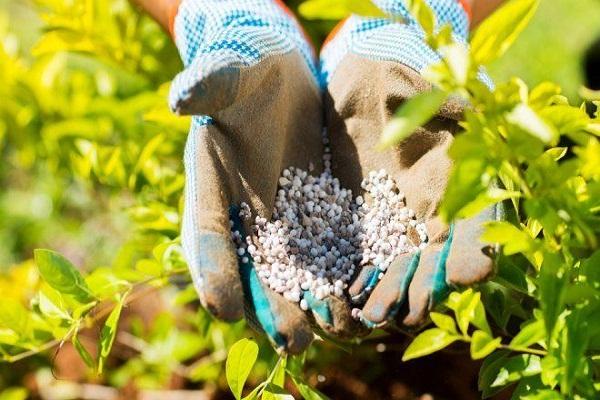
Loosening and mulching the soil
Loosening should be very careful so as not to damage the roots, which are located close to the soil surface in Astilba. So that during watering they do not become bare and dry out, you need to periodically scoop up the soil and mulch it using compost or peat.
Bush formation
The bush is trimmed lightly after flowering, removing dried leaves and wilted inflorescences. Full pruning is carried out in late autumn, while preparing the flower for winter.
Transfer to a new location
Astilba Arends Fanal is transplanted every 4-5 years. The plant is transferred to a new place along with an earthen lump. This is done in autumn or spring when there is no heat.
If you need to divide the plant during transplanting, you should use a sharp knife, and then sprinkle the cut with peat or wood ash.
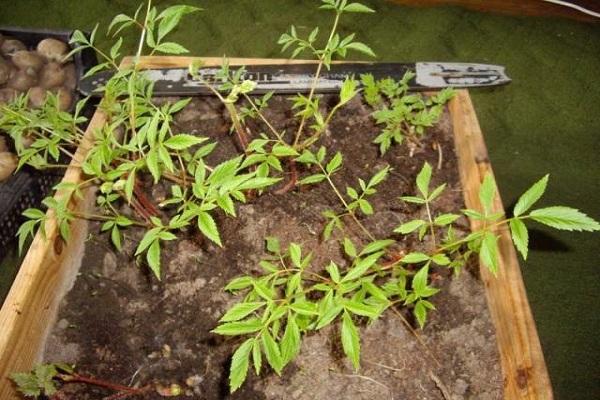
Preventive treatments for insects and diseases
To prevent root decay, periodically water the flower with a bright pink solution of potassium permanganate, sprinkle the soil around the plant with wood ash. To protect the aerial part of astilba from diseases, it is sprayed with copper or iron vitriol, using Bordeaux liquid.
Pests are collected by hand or suitable insecticides are used (Intravir, Aktara).
Important: When using insecticides, you must use a respirator, goggles and gloves.
Prepare the compositions strictly according to the instructions.

Shelter for the winter
The plant is very frost-resistant, but care must be taken not to expose the roots located in the upper soil layer. In late autumn, the aerial part of the plant is removed under the root. To do this, use a sharp garden pruner, previously aged in an intensely pink solution of potassium permanganate.
After pruning, the planting is spud and mulched. The protective soil layer should be 5-10 centimeters. Works are carried out at the end of October, beginning of November, depending on the region.
Astilba Fanal is a very unpretentious and beautiful plant, which is why it is becoming more and more popular with gardeners. After all, even a beginner can grow a bright and original flower.

